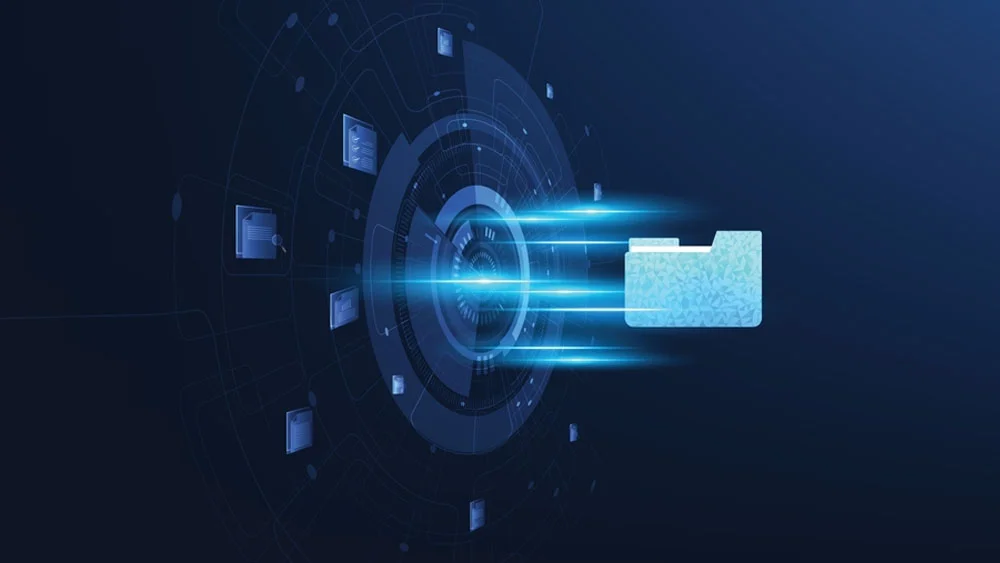Log data and logs are essential for the success of the DevSecOps team. They are packed with vital information needed to monitor and understand systems. Whether you’re tracking down a defect, trying to understand a spike in suspicious logins from an unusual location, or figuring out why an application is sluggish, logs offer that single source of truth. However, managing logs is a difficult task due to the expansion of data. The volume of information an organisation receives daily is usually high leading to alert fatigue and missed insights.
However, the invention of AI has changed how to handle continuous log monitoring. AI algorithms can sift through vast datasets, detect patterns, translate raw logs into actionable insights, and actively alert teams to potential issues. This capability unlocks a new efficiency and precision in managing log data. Let’s look at how AI can help DevSecOps teams maximize the value of logs.
One of the major challenges organizations face today is dealing with unstructured data. Traditional methods struggle with the complexity and diversity of document workflows. However, AI-powered SIEM platforms like Stellar Cyber are changing this narration. These platforms combine various AI technologies to automate the ingestion and analysis of different document types, extracting relevant information and even flagging potential issues or inconsistencies.
What sets solutions like these apart is their accessibility and continuous improvement. With no-code platforms, even users without technical backgrounds can use AI technology, democratizing its usage across different roles within an organization. Moreover, the “human-in-the-loop” approach ensures that the system continuously learns and adapts, improving over time to meet business needs.
Efficient Incident Response
Contents
Timely responses are vital in cybersecurity today. AI-driven alerting enhances incident response by automating resource allocation and gathering contextual information about incidents. This not only helps in identifying potential security threats more quickly but also enables organizations to respond promptly, minimizing the impact of any incident.
When AI-powered logging and observability platforms come into play, they offer automated remediation features. This allows teams to easily connect the dots from continuously monitored logs to incident detection and remediation playbooks. Automated playbook execution ensures a near-immediate response to incidents, whether it’s eliminating the root cause or alerting an engineer to take further action. Every moment saved in responding to a security incident directly reduces the potential damage, making AI an invaluable tool in this process.
Proactive Monitoring

In large organizations, the large amount of data generated can make it nearly impossible to monitor all resources. This is where AI shines. By continuously monitoring and aggregating logs from across entire environments, AI-based tools can identify anomalies before they become widespread issues.
For instance, solutions like the threat detection and investigation capabilities offered by Stellar Cyber provide the visibility needed to address advanced threats before they impact operations. These AI-driven features enable real-time monitoring, alerting, and data analysis across security tools, cloud infrastructures, and SaaS applications, empowering DevSecOps teams to investigate and respond to cyber threats swiftly.
Handling Massive Amounts of Data

The explosion of cloud-native environments, with their multitude of distributed components, generates a large volume of log data. Analyzing this data requires a high level of expertise, which many organizations struggle to find due to a shortage of skilled professionals. Training more people is an option, but it’s a slow process, and the complexity of the data often outpaces the development of new skills.
This is where AI truly excels. It offers a scalable solution to handle log data, regardless of the volume or time. Unlike humans, who need breaks, AI systems can operate continuously, analyzing, detecting, and alerting in real-time.
Collating Data from Disparate Sources
Effective security and operations depend on the ability to merge data from various sources. Proper aggregation and correlation of logs provide the context needed for better visibility and troubleshooting. However, this task is often menial and time-consuming, making it an ideal candidate for AI automation.
AI can automatically gather information from different sources, identify patterns, and make data analysis more manageable. By correlating data far more efficiently than a human could, AI-driven log analytics tools ensure that logs from cloud services and on-premises environments are properly analyzed.
Analyzing Log Data
AI’s ability to automate repetitive and time-consuming tasks makes it a powerful tool in DevSecOps strategies. Tasks like data cleaning, feature selection, and model training can be handled by AI, freeing up developers to focus on more critical aspects of their work.
AI can sift through massive amounts of data to identify duplications and anomalies that might slip past human scrutiny. This ability to detect subtle signs of cyberattacks or unusual traffic patterns enhances both security and operations. For example, AI can monitor network logs for signs of data exfiltration, such as an unusually high volume of data being sent to an unfamiliar external IP address during off-hours. While such patterns might be difficult for a human to detect because of thousands of legitimate data transfers, an AI-based system can monitor for these patterns, detecting potential threats with a level of precision and speed that far surpasses human capability.
Reducing Alert Fatigue
Traditional infrastructure and service monitoring solutions often generate excessive alerts, many of which don’t indicate a genuine threat. This noise leads to alert fatigue, where important alerts might be overlooked due to the large amount volume of unactionable notifications. AI-based alerting offers a solution by intelligently filtering alerts and reducing noise. By using historical data to continuously train its models, AI can factor in seasonality and other contextual elements, ensuring that alerts generated are relevant and actionable.
Of course, organizations using AI-driven alerting must rigorously test and tune their systems to ensure that critical events are captured effectively. This fine-tuning helps balance specificity and sensitivity, ensuring that AI truly enhances the monitoring process without unnecessary alerts.
Conclusion
The integration of AI into log management and analysis offers an easier approach to handling the complexities of modern IT environments. From enhancing incident response and proactive monitoring to reducing alert fatigue and managing massive amounts of data, AI unlocks the full potential of log data, enabling organizations to stay ahead of security threats and operational challenges.
DevSecOps team can scale this process by using AI, ensuring that no critical event goes unnoticed and that operations remain smooth and secure. The future of log management is here, and with AI, organizations can truly maximize the value of their logs, making them a powerful tool.




